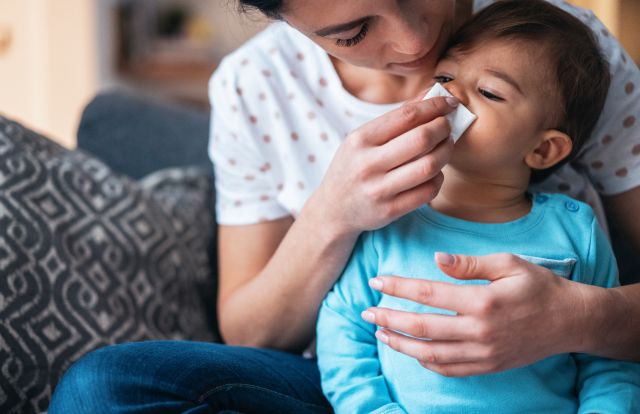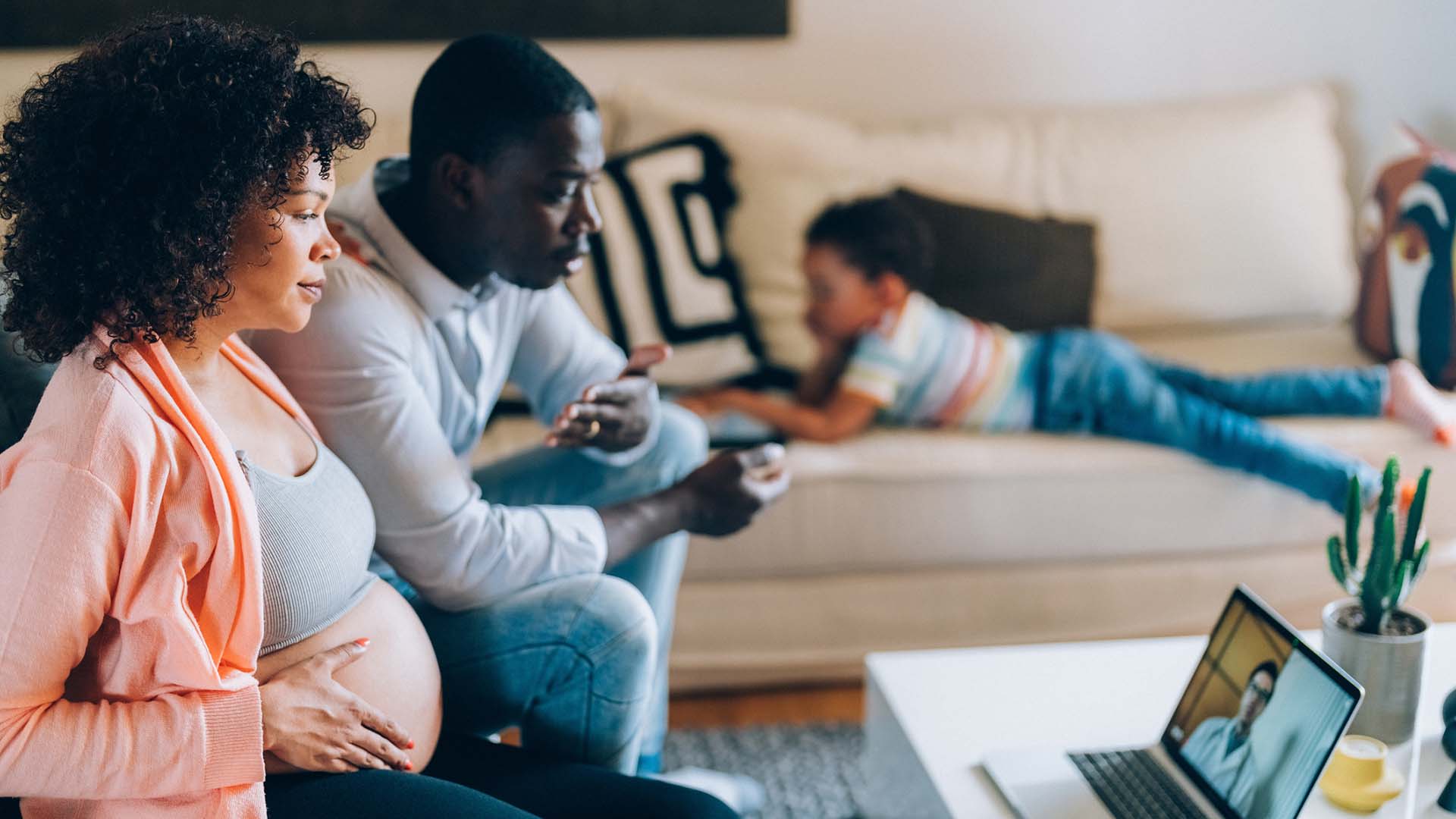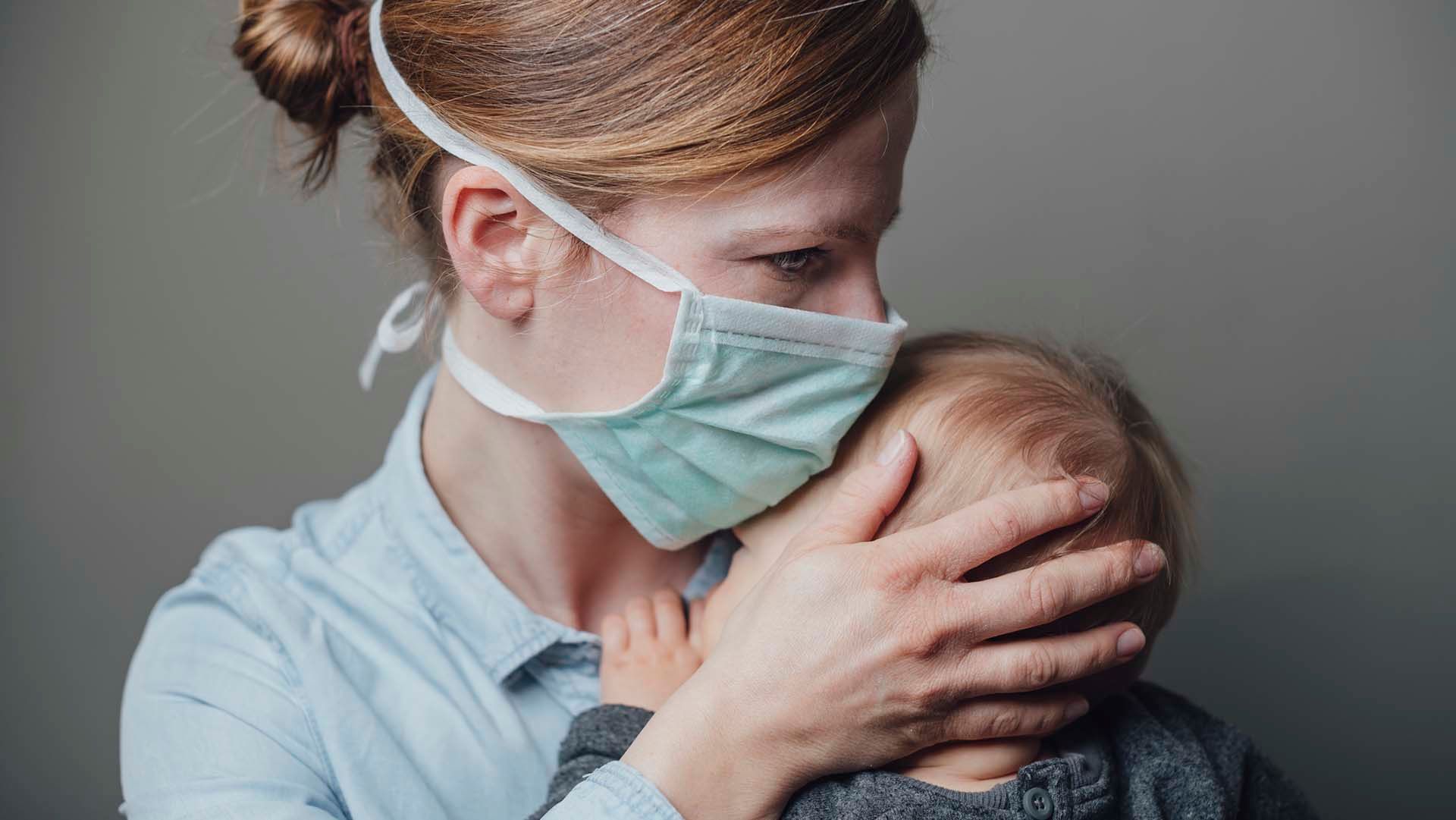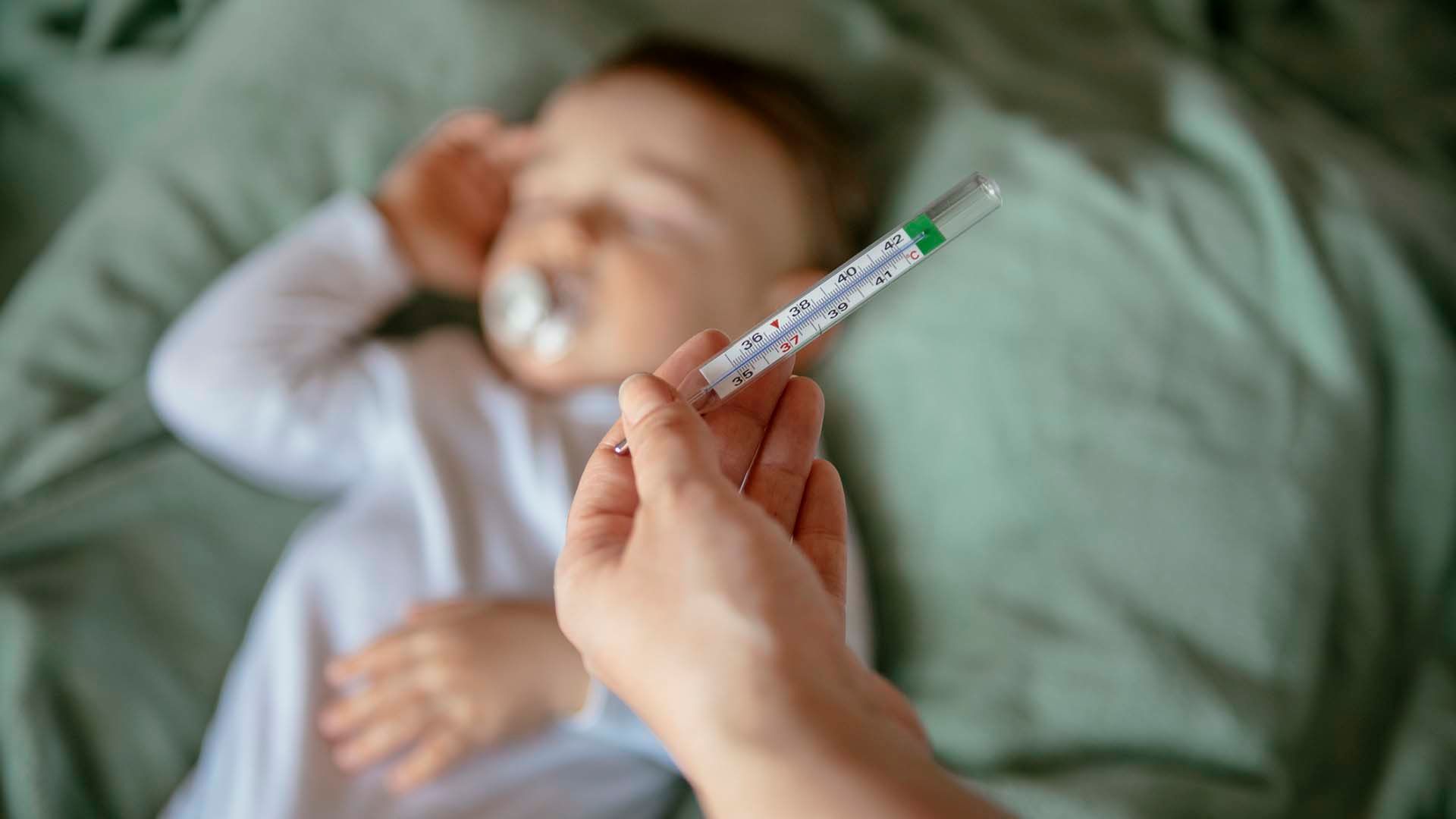The phrase “the common cold” is a bit misleading. While definitely common, a cold can be caused by hundreds of different viruses, including rhinoviruses, coronavirus, and respiratory syncytial virus (RSV). Colds are upper respiratory infections—infections that affect the mucous membranes that line the upper respiratory tract (the nose, sinuses, and throat).
Cold-causing viruses spread easily. Coughing, sneezing, being in close contact, and sharing cups and utensils can be enough to spread a viral infection from one person to another. Some viruses (including RSV) can also stay on surfaces—like tabletops, toys, and bedding—for several hours.
Children tend to get frequent colds. This occurs for several reasons. One is that children are being exposed to cold-causing viruses for the first time, and their immune system needs time and exposure to learn how to fight these types of infections. Children are also often around other children in school or daycare, and they are more likely to touch their faces without washing their hands.
In children, symptoms may include sneezing, a runny nose, congestion, sore throat, a mild cough, and low fever. They may also be irritable and not want to eat. These symptoms can last between a few days and a few weeks.
Cold symptoms are usually mild—but any infection has the potential to become more serious, given the right circumstances.
RSV and lower respiratory infections
Mentioned above, RSV is one of the leading causes of upper respiratory infections worldwide. By the time they reach two years of age, most children will have had a good number of colds, and one of those colds is likely to have been RSV.
RSV is also one of the cold-causing viruses that results in a significant number of severe infections. Roughly 58,000 children under the age of 5 are hospitalized each year due to RSV. Very young infants (under 6 months of age) are at a much higher risk of severe illness, and 1 to 2 percent of infants in this age group who become infected with RSV need to be hospitalized.
Infections become more serious when they spread into the lower respiratory tract, causing inflammation in the large and small bronchial tubes (bronchitis and bronchiolitis) and/or infection of the lungs (pneumonia).
With a lower respiratory infection, a child may have difficulty breathing or struggle to breathe. They may take rapid breaths, their nostrils may flare, they may make a wheezing sound, and there may be pauses in breathing. The lips, mouth, and fingertips may look bluish due to lack of oxygen.
Children who are born prematurely, who have chronic lung disease or congenital heart disease, or who have a weakened immune system are also at increased risk of severe RSV infections.
Preventing RSV
Your best source of information about your child’s risk of severe respiratory illness will be a healthcare provider. Talk to your family’s pediatrician about your child’s risk, your concerns, and what preventive treatments are right for your child.
There is a preventive treatment for children under two years of age who are at high risk of severe RSV infections. This treatment is given as monthly injections during the season where RSV infections are most prevalent (typically late fall to early spring, though it can vary).
This treatment uses monoclonal antibodies—antibodies that are made in a lab—that will help the immune system attack the virus if a child is exposed to RSV. Vaccines that protect against RSV and a preventive monoclonal antibody treatment that requires fewer doses are also in development.






